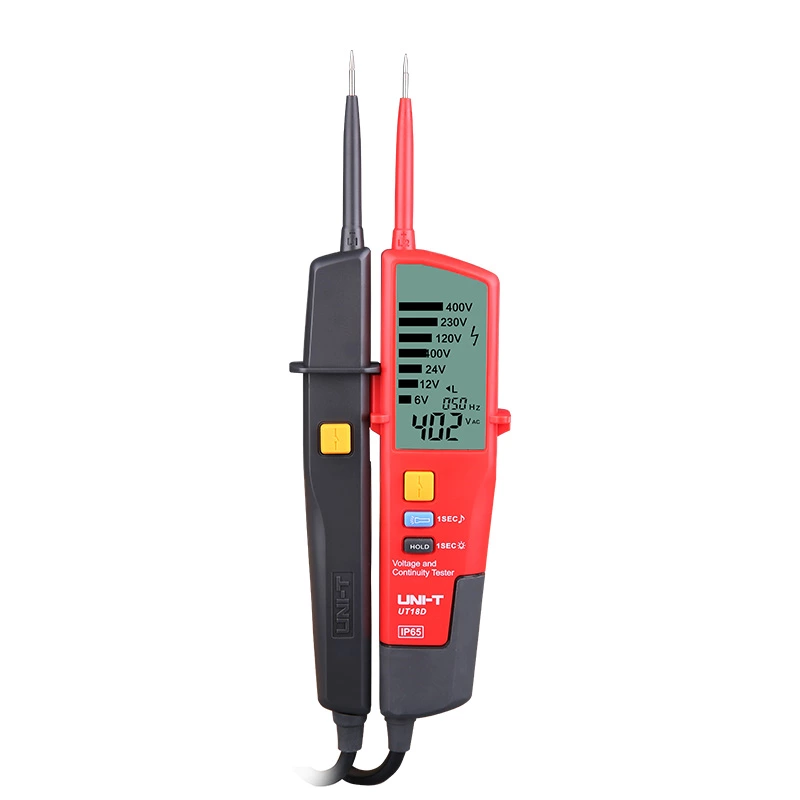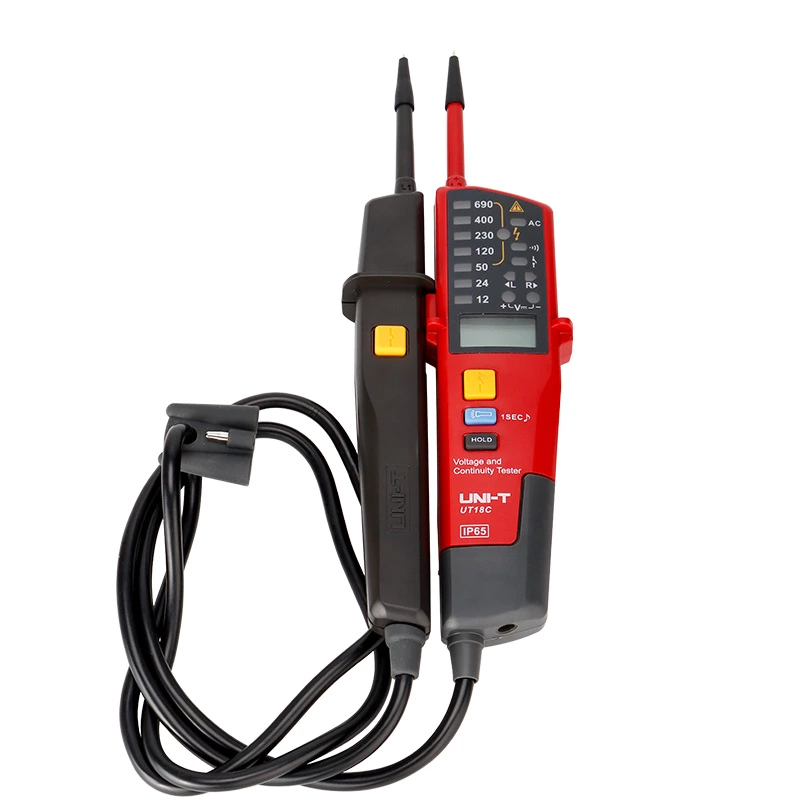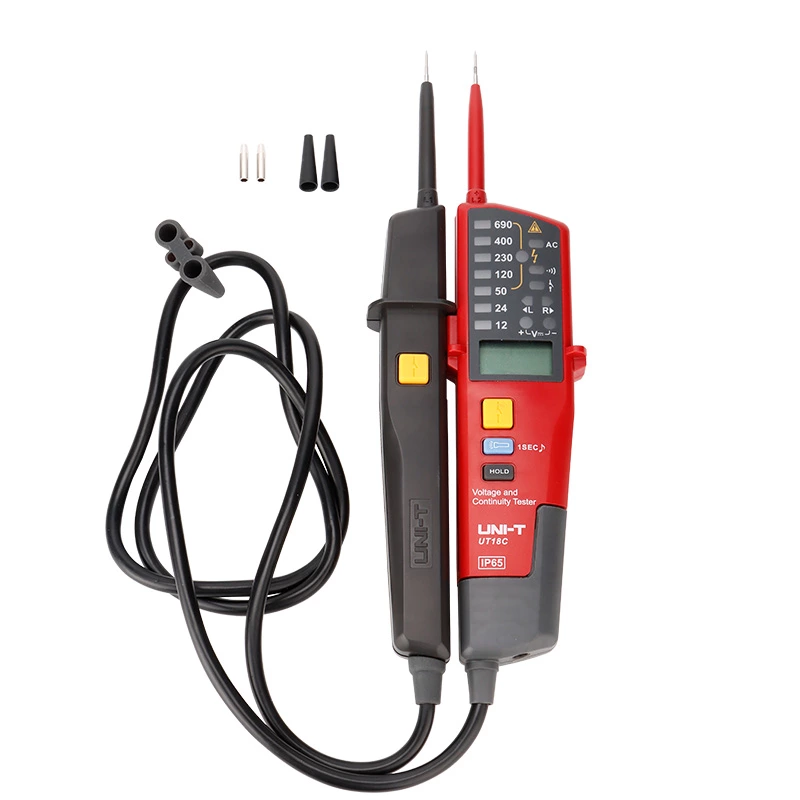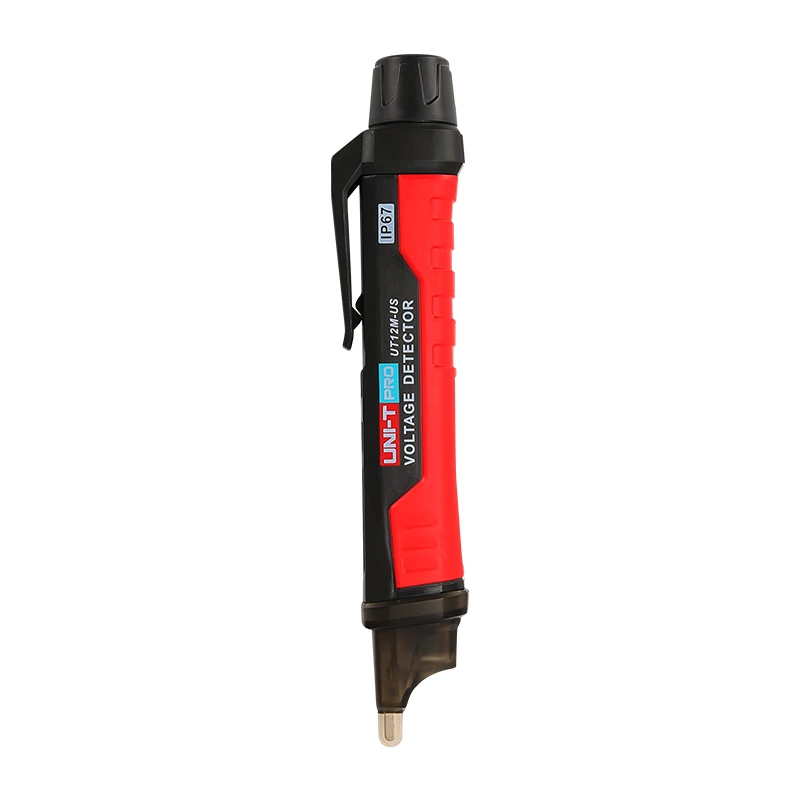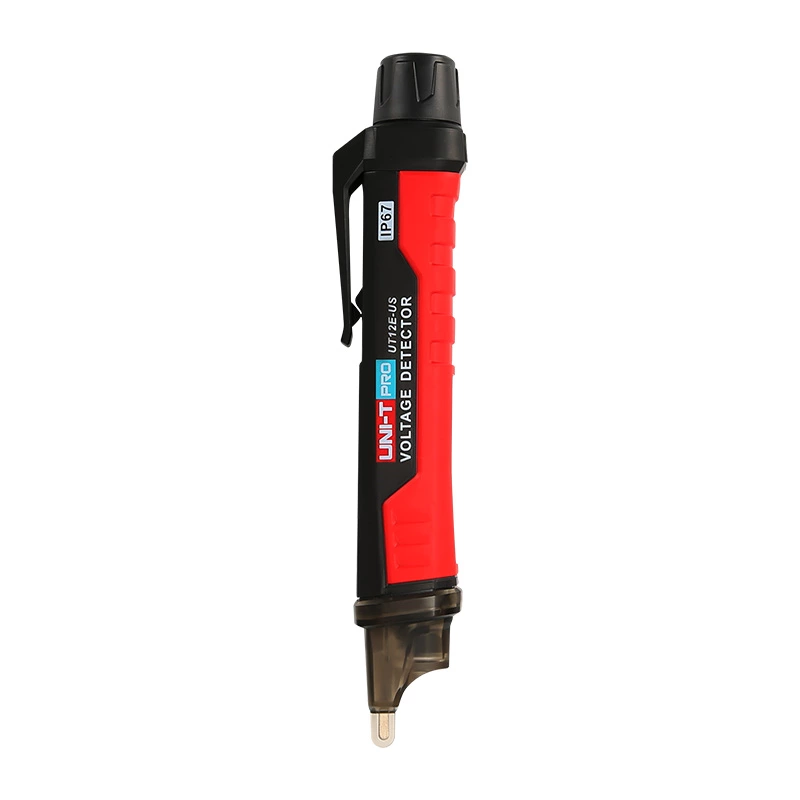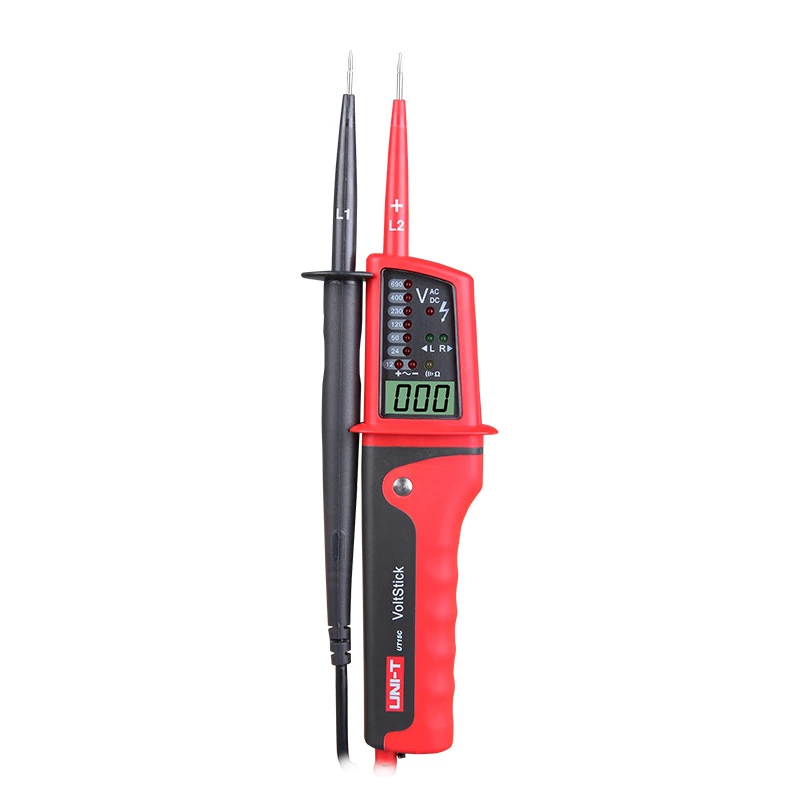Handheld conductivity meters are very practical and increasingly widely used in the cosmetics industry, primarily for quality control, R&D, production monitoring, and consumer experience. They indirectly reflect the total ion concentration in a solution by measuring the ability of an aqueous solution (or conductive liquid) to conduct an electric current.
Raw Material Quality Control:
Testing Water Quality (Pure Water, Deionized Water): Water is a key ingredient in cosmetics. Handheld conductivity meters can quickly verify that production water meets purity requirements (pure water has extremely low conductivity). Excessive impurity ions can affect product stability and safety.
Testing Electrolyte Raw Materials: Such as salts (sodium chloride, magnesium sulfate), certain acids, bases, and surfactant ions. This ensures that the concentration or purity of raw materials meets formulation requirements.
Formula Development and Optimization:
Stability Testing: Monitor changes in conductivity during storage. Significant changes may indicate emulsion instability (e.g., creaming, demulsification), ingredient degradation (e.g., hydrolysis of certain active ingredients), or microbial contamination (e.g., increased ion concentration due to metabolites). Solubility studies: Observe the dissolution of certain electrolytes or ionic active ingredients in oil phases or specific solvents.
Microemulsion studies: Conductivity is a key parameter for characterizing the structure of microemulsions (O/W, W/O, or bicontinuous phases), and conductivity can change dramatically during structural transitions.
Assessing the effectiveness of preservative systems (indirectly): If microorganisms grow, their metabolites increase ion concentrations, leading to increased conductivity. This can be used as an auxiliary tool for rapid screening (but not a replacement for microbial testing).
Handheld conductivity meters are an efficient and convenient auxiliary tool in the cosmetics industry, playing a particularly important role in water quality monitoring, production process control (batch consistency, mixing uniformity), and formula stability testing during the R&D phase. They can quickly provide information on the total ion concentration in a product, helping to ensure product quality and process stability.
